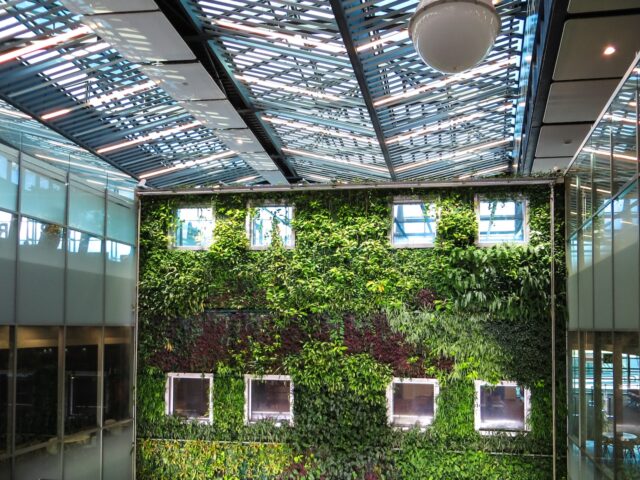Have you ever pondered the reason behind why we sneeze twice in quick succession? If this is the case, we have every solution prepared for you! We are going to investigate what causes this to occur as well as the function that reflexes play in the process. Find out how green building design may help cut down on the number of times people sneeze, too.
How Sneezing Works – Exploring Our Reflexes
The involuntary response of sneezing is brought on by irritants that are breathed in via the nasal passages. When this occurs, a number of physiological processes in our bodies begin to set in motion the process of sneezing. First, the irritant causes the nerves to get activated, which results in the production of a signal that is then sent to the brain. The face muscles are subsequently sent instructions by the brain to forcibly contract, which causes the irritant to be expelled from our bodies. Sneezing is the act of rapidly expelling air from the lungs, often known as a hacking cough.

The Truth Behind Our Sneeze – Why We Sneeze Twice?
Have you ever wondered why we sneeze twice or more than once? It is believed that when the breathing route initially shuts and all the air is forced out of your body, there are still little minuscule particles lingering in the region, even if there is no definitive explanation as to why this takes place. These particles will reactivate our reflexes to cause a second (or third) sneeze when the breathing path opens back up again. This will enable us to remove any remaining irritants from our body.
A Look At Environment-Sensitive Causes for Sneezing
It is likely that lower-level irritants in the environment might cause us to sneeze more often than normal in addition to our responses, which is the main reason why we sneeze twice. Dust and debris may be difficult to control in some locations, and this can contribute to an increase in the number of allergens that might set off an allergic reaction in people.
The good news is that many environmentally friendly buildings are now making their interior environments much healthier and more manageable. As a result, the number of unpleasant particles that cause our body to react by sneezing has decreased. As the development of environmentally friendly buildings continues to improve, it is conceivable that we will have access to houses, workplaces, and other locations that are free of noxious allergens for extended periods of time.

Different Strategies to Combat Frequent or Unexpected Allergy Outbursts
Our bodies have the potential to respond involuntary to allergens that are present in the air, which may result in episodes of coughing or sneezing. To counteract this, you should first attempt to eliminate the allergen that is causing it in the surroundings. You may better control and manage airborne allergens by using powerful cleansers, air purifiers, and natural plants, which will considerably reduce the likelihood that you will have an unexpected episode of sneezing. In addition, keeping a watchful eye out for mold concentrations and indicators of dampness may assist in the prevention of possible unfavorable circumstances that may also result in an increase in the number of times that one sneezes.
The Benefits of Green Buildings in Reducing Sneezing and Its Impact on Health
Green buildings, also known as sustainable structures or environmentally friendly buildings, are constructed with the intention of having a less detrimental influence on the surrounding natural environment. They accomplish this goal by using building materials and methods that are more energy efficient, such as the use of non-toxic insulation, natural ventilation, and renewable energy sources.
Additionally, green construction principles may be used to create a healthier interior atmosphere that does not cause sneezing or other allergic symptoms to occur. This can be a significant benefit for those who suffer from allergies. We can help minimize the number of unpleasant allergies that cause fits of uncontrollable sneezing by intentionally developing humidity levels, air quality, and temperature conditions in a green building that are based on the demands of human comfort!





